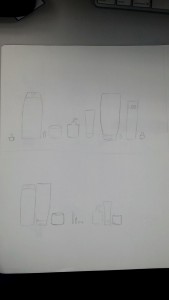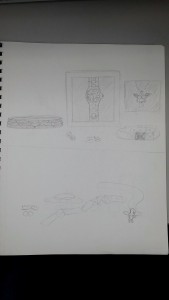For my second final project, my photographs will be based on a magazine article titled, The Toxic Skincare Ingredients Hiding In Your Beauty Products, from Philadelphia Magazine. The blog expresses the potential dangers of chemical ingredients used in daily personal care products. The writer, Lauren McGrath speaks about possible health risks and products that contain such substances. These products are absorbed through skin pores, entering the bloodstream. But why are they still for sale and how are the chemicals helping us?
For my shoot, I would like to focus on the chemicals of personal care products. I would like to use products that appear to be familiar, without having the brands identified.

- The tone of the text is serious and it appears to be pleasingly informative.
- My approach will be literal and metaphoric to focus on the tone.
- My approach will be still life and include people.
- My model will be a female classmate.
- The objects used for this shoot will be skin and hair care products of popular brands (used miscellaneous).
- I will use lighting with low contrast, to represent a dark view of the dangers of the products.
- My photographic technique is to make personal care products appear to be toxic and harmful. I will like to use a dramatic look with back lighting so the products give off a glow with colored sheets. Deep depth of field will be used to show every product sharply including the model’s skin.
http://aboutfaceskincare.com/blog/the-toxic-skincare-ingredients-hiding-in-your-beauty-products/




